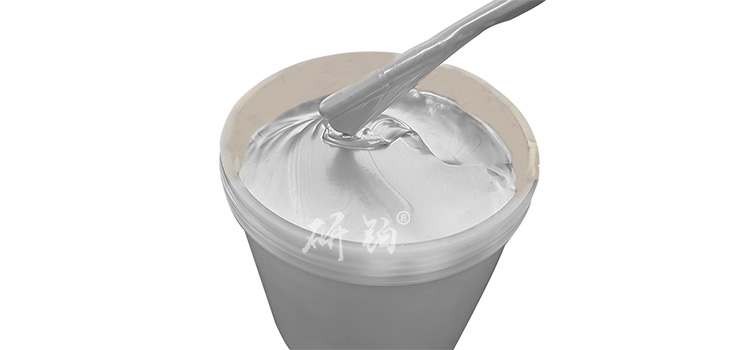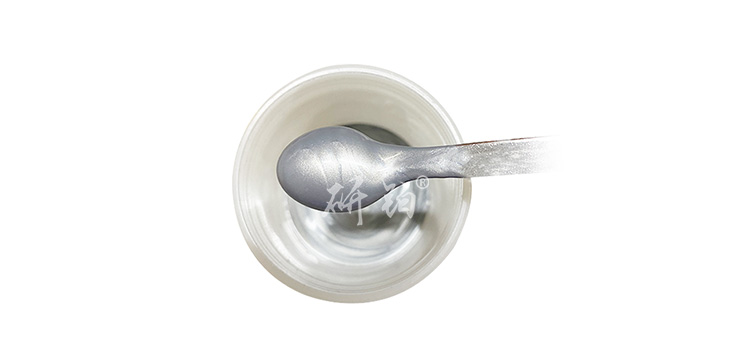

Hotline:0755-22277778
Tel:0755-22277778
Mobile:13826586185(Mr.Duan)
Fax:0755-22277776
E-mail:duanlian@xianjinyuan.cn
Conductive silver paste is divided into two categories:
①Polymer silver conductive paste(Drying or curing to form a film, using organic polymers as the bonding phase);
②Sintered silver conductive paste(Sintering into film, sintering temperature>500 ℃, glass powder or oxide as bonding phase). Silver powder is classified based on particle size, with an average particle size of less than 0.1 μ m (100nm) classified as nano silver powder; 0.1 μ m<Dav (average particle size) 10.0 μ m is coarse silver powder. The three categories of silver conductor paste require different types of silver powder or combinations as conductive fillers, and even different formulations in each category require different silver powders as conductive functional materials. The purpose is to achieve the maximum utilization of silver conductivity and thermal conductivity with less silver powder under a determined formulation or film-forming process, which is related to the optimization of film performance and cost.

There are many methods for preparing powders. For silver, physical methods (plasma, atomization) and chemical methods (silver nitrate thermal decomposition, liquid-phase reduction) can be used in one go. Due to silver being a precious metal that is easily reduced back to its elemental state, liquid-phase reduction is currently the main method for preparing silver powder. Silver salts (such as silver nitrate) are dissolved in water, and chemical reducing agents (such as hydrazine hydrate) are added to deposit silver powder. After washing and drying, silver reducing powder is obtained with an average particle size between 0.1-10.0 μ m. The selection of reducing agents, control of reaction conditions, and use of interfacial active agents can prepare silver micro powders with different physical and chemical properties (particle morphology, dispersion degree, average particle size and particle size distribution, specific surface area, bulk density, tap density, grain size, crystallinity, etc.). The reduced powder can be mechanically processed (ball milled, etc.) to obtain polished silver powder and silver flake.

Advanced Institute (Shenzhen) Technology Co., Ltd, © two thousand and twenty-onewww.avanzado.cn. All rights reservedGuangdong ICP No. 2021051947-1 © two thousand and twenty-onewww.xianjinyuan.cn. All rights reservedGuangdong ICP No. 2021051947-2